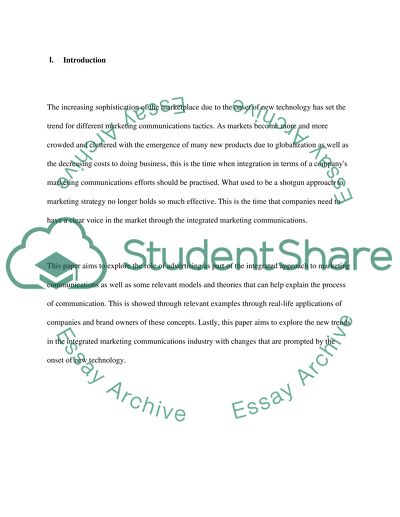Cite this document
(The Role of Advertising to Marketing Communications Research Paper, n.d.)
The Role of Advertising to Marketing Communications Research Paper. https://studentshare.org/marketing/1553297-advertising-and-promotion
The Role of Advertising to Marketing Communications Research Paper. https://studentshare.org/marketing/1553297-advertising-and-promotion
(The Role of Advertising to Marketing Communications Research Paper)
The Role of Advertising to Marketing Communications Research Paper. https://studentshare.org/marketing/1553297-advertising-and-promotion.
The Role of Advertising to Marketing Communications Research Paper. https://studentshare.org/marketing/1553297-advertising-and-promotion.
“The Role of Advertising to Marketing Communications Research Paper”. https://studentshare.org/marketing/1553297-advertising-and-promotion.


